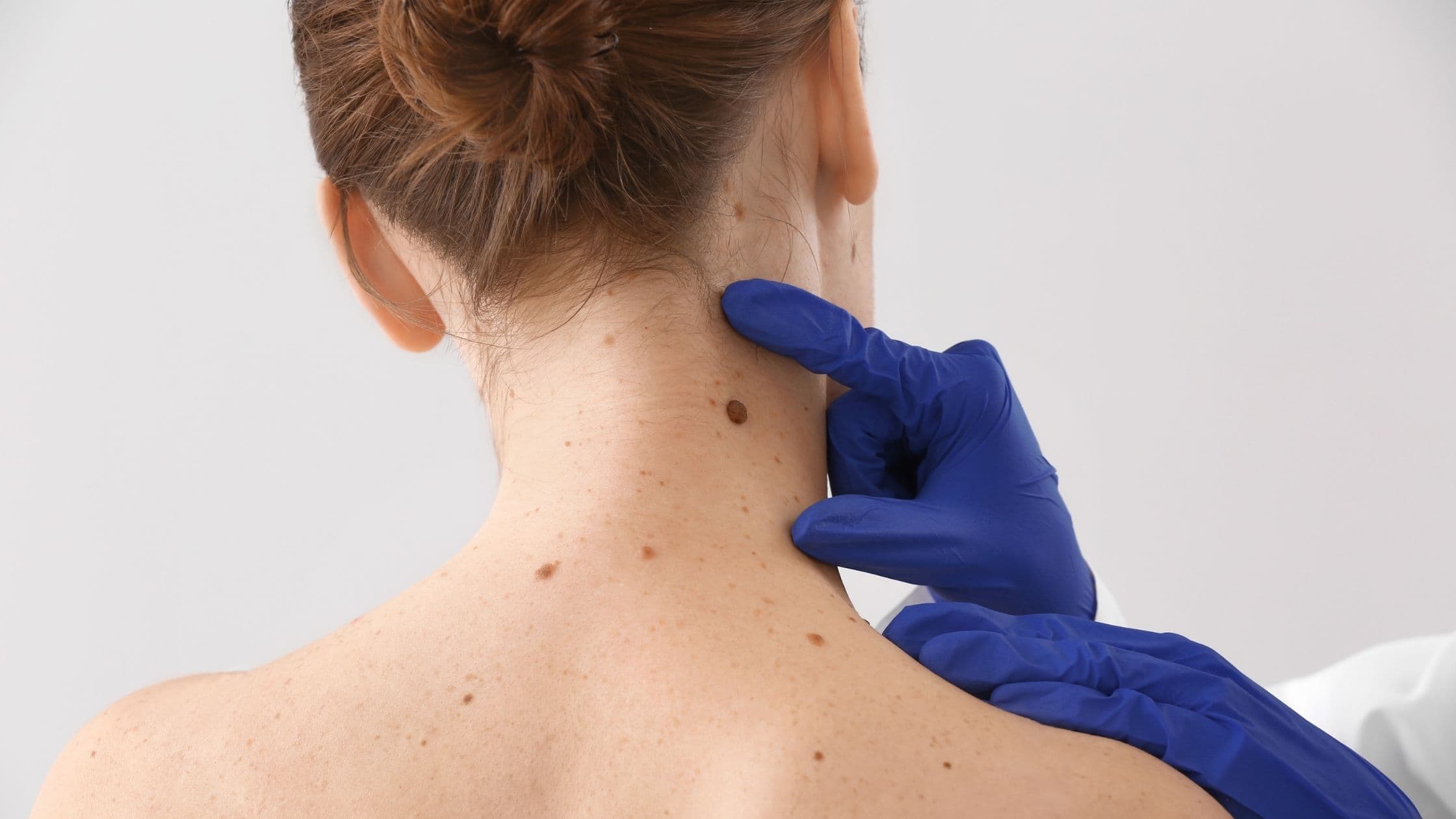Mole Screening and Treatment
Moles, those pigmented spots on your skin, are usually harmless. However, some can develop into melanoma, a serious form of skin cancer. A mole screening and treatment plan can help you identify any potential concerns and take proactive steps to safeguard your health. Here, we delve into the world of moles, exploring screening methods, treatment options, and how to navigate this crucial aspect of skin health.

Know Your Spots: Mole Screening Techniques
Early detection is key in managing potential skin cancer risks. Here are some common mole screening techniques:
- Self-Examination: Become familiar with your skin! Regularly examine your entire body for new moles or changes in existing ones. Use a mirror and pay close attention to hard-to-reach areas. The ABCDE rule can be a helpful guide for self-examination:
- Asymmetry: One half of the mole doesn't match the other.
- Border Irregularity: The edges of the mole are blurry, uneven, or ragged.
- Color: The mole has a variety of colors within it, or has white, blue, or red spots.
- Diameter: The mole is larger than the size of a pencil eraser (around 6 millimeters).
- Evolving: The mole is changing in size, shape, or color.
- Professional Skin Examination: Dermatologists are trained to identify suspicious moles. Schedule regular skin exams, especially if you have a history of sunburns or a family history of skin cancer. During the exam, the dermatologist will examine your skin thoroughly, paying close attention to moles and other suspicious lesions. They might use a dermatoscope, a handheld instrument that magnifies the skin and helps visualize structures below the surface.
When Does a Mole Warrant Further Investigation?
If a mole raises any concerns during self-examination or a professional skin exam, further investigation might be recommended. Here are some common methods:
- Dermoscopy: As mentioned earlier, this non-invasive technique uses a dermatoscope to examine the mole in greater detail. The magnified view allows the dermatologist to assess features that might not be visible with the naked eye.
- Biopsy: If a mole appears suspicious, a biopsy might be necessary. This involves removing a small tissue sample of the mole for microscopic examination in a lab. This is the most definitive way to diagnose melanoma or other skin cancers.
Treatment Options: Addressing Suspicious Moles
If a biopsy confirms melanoma or another type of skin cancer, prompt treatment is crucial. Here are some common treatment approaches:
- Surgical Excision: This is the most common treatment for melanoma and other skin cancers. The surgeon removes the entire mole and a margin of healthy surrounding tissue to ensure complete removal of cancerous cells.
- Mohs Surgery: This specialized technique involves removing the mole in stages, with microscopic examination of the tissue edges after each layer. This ensures complete removal of cancer cells while minimizing the amount of healthy tissue removed.
- Cryotherapy: Freezing with liquid nitrogen might be used for certain precancerous moles or very small basal cell carcinomas (another type of skin cancer).
- Laser Surgery: In some cases, laser surgery might be used to remove a mole, but this is not typically used for melanoma due to concerns about potential spread of cancer cells.

Beyond Treatment: Prevention is Key
While mole screening and treatment are crucial, the best approach to skin cancer is prevention. Here are some essential tips:
- Sun Protection: Limit sun exposure, especially during peak hours (10 am to 4 pm). Wear protective clothing, including hats and sunglasses, and apply broad-spectrum sunscreen with SPF 30 or higher liberally and reapply every two hours, or more often if swimming or sweating.
- Tanning Beds: Avoid tanning beds altogether. They emit harmful ultraviolet (UV) rays that can increase your risk of skin cancer.
- Self-Examination: Get familiar with your skin and perform regular self-exams. Early detection is key!
- Schedule Regular Skin Exams: Don't neglect professional skin examinations by a dermatologist. Schedule regular appointments, especially if you have a family history of skin cancer or are at higher risk due to fair skin or a history of sunburns.
Remember: Most moles are harmless, but vigilance is key. By understanding mole screening techniques, treatment options, and preventive measures, you can take charge of your skin health and minimize your risk of skin cancer.